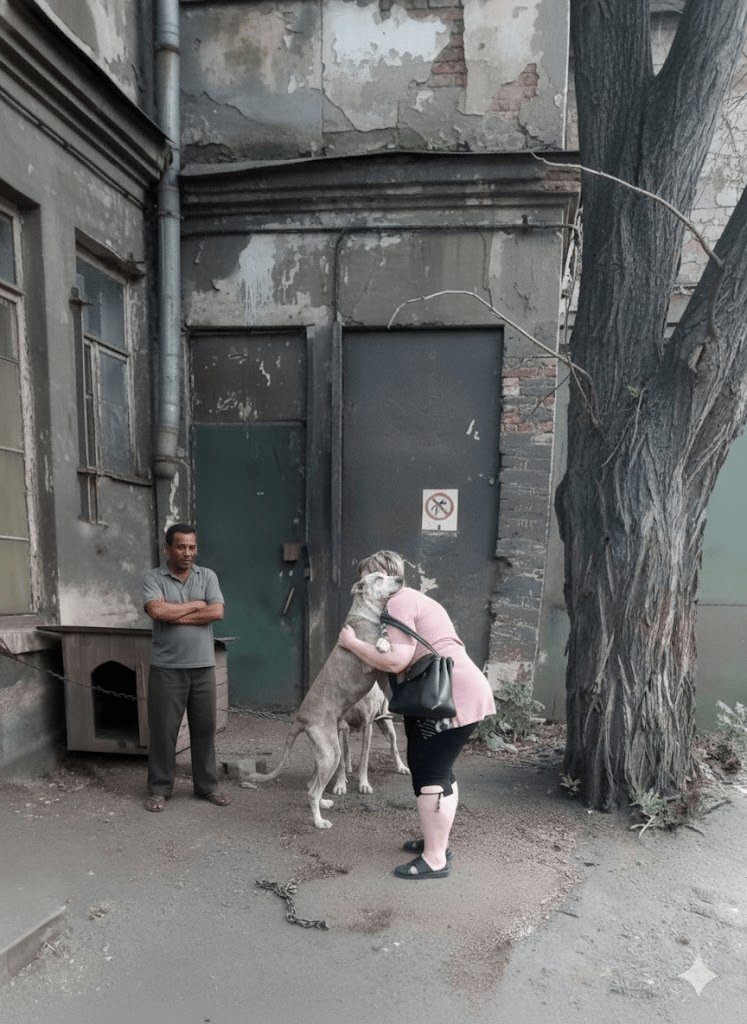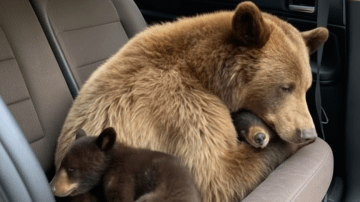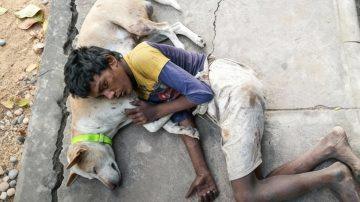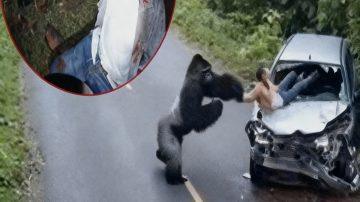The air in Cancún, Mexico, usually hummed with the cheerful chatter of tourists and the gentle lapping of waves against pristine beaches. But in a forgotten corner of this vibrant city, a different sound echoed—the melancholic jingle of a chain, tethering a dog named Katy to a life of neglect. For years, Katy’s world was confined to a desolate, rundown yard, a stark contrast to the freedom just beyond his reach. Scarcity was his constant companion—little food, no comfort, and a profound absence of the love and warmth every creature deserves. His days bled into one another, each indistinguishable from the last, marked only by the gnawing pangs of loneliness and the silent ache of unfulfilled companionship. Hope, it seemed, was a luxury Katy could not afford, a distant dream obscured by the grim reality of his existence. Yet, even in the darkest corners, light often finds a way to pierce through, sometimes in the most unexpected forms. This particular ray of hope arrived in the tenacious spirit of Karin Jacobsmeier, a dedicated rescuer from Paws in Action Cancún, whose unwavering resolve would soon rewrite Katy’s tragic narrative.
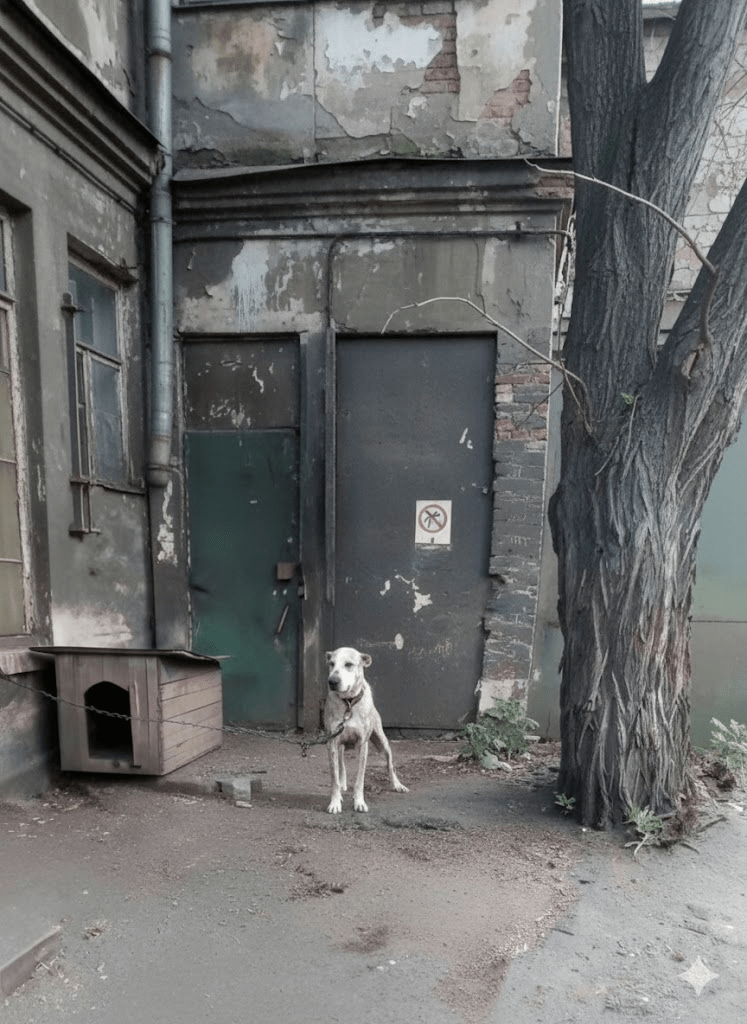
Karin’s journey to Katy was not a straightforward path; it was a winding road fraught with obstacles and disheartening setbacks. She had first spotted Katy during a routine outreach in the area, a sight that immediately tugged at her heartstrings. The dog, thin and dejected, barely registered her presence, a testament to years of emotional starvation. Initial attempts to engage with Katy’s owner were met with dismissive resistance, turning into a protracted battle of wills. For months, Karin made weekly pilgrimages, each visit a mix of hopeful pleas and crushing rejections. The owner, a man hardened by his own circumstances, saw Katy not as a sentient being, but as a utility, a guard dog, albeit an unloved one. He stubbornly refused to release the dog, despite the visible neglect, creating a stalemate that tested Karin’s patience and resolve.
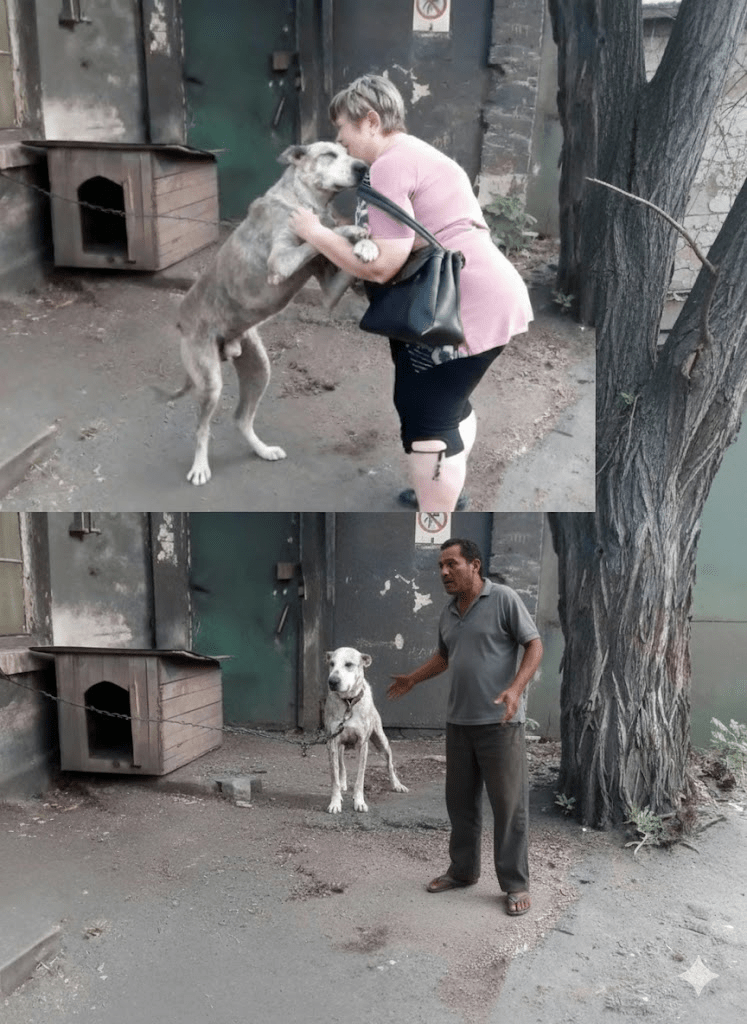
The breakthrough came not through legal action or forceful confrontation, but from an unexpected twist of fate involving a local veterinarian, Dr. Elena Rodriguez, who had heard whispers of Karin’s tireless efforts. Dr. Rodriguez, known for her empathetic approach, offered to mediate, leveraging her professional standing and community respect. During a particularly tense negotiation, Dr. Rodriguez revealed to the owner the severe health implications of Katy’s prolonged chaining, explaining the irreversible damage it could inflict on his joints and psychological well-being. This medical perspective, coupled with Karin’s consistent, gentle persuasion, finally chipped away at the owner’s defenses. A flicker of doubt, then reluctant understanding, crossed his face. He confessed to financial struggles and a sense of helplessness, admitting he felt trapped himself. It was a pivotal moment of shared vulnerability that unexpectedly softened his stance.

The day of Katy’s release was charged with a quiet intensity. As Karin approached with the necessary paperwork, the owner, with a somber expression, looked at Katy for a long moment. It was a gaze that seemed to carry the weight of years of neglect, perhaps even a silent apology. The clinking sound of the heavy chain being unfastened echoed in the stillness, a symphony of liberation. What happened next, however, was something no one could have anticipated. Instead of bolting away in wild exhilaration, Katy turned, stood on his hind legs, and wrapped his paws around Karin in a powerful, unwavering embrace. It wasn’t a playful jump, but a deliberate, heartfelt hug—a gesture so profoundly human in its emotion that it brought tears to everyone’s eyes.
